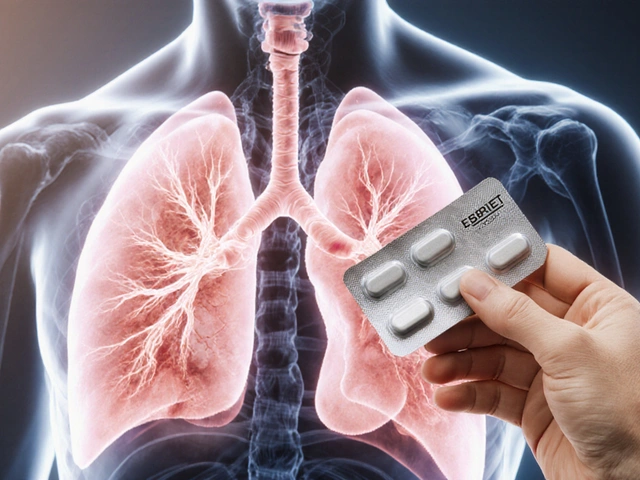Methocarbamol for Back Pain: What You Need to Know
If you’ve ever felt a tight, achy back after lifting something heavy or sitting too long, you’ve probably wondered if a muscle relaxer could help. Methocarbamol is one of the most common options. It’s a prescription medication that relaxes skeletal muscles, which can reduce the pain and stiffness that often come with a strained back.
Unlike painkillers that target the nerves, methocarbamol works by blocking nerve signals that cause muscles to contract. The result is a calmer, less spastic back that can move more comfortably. Many doctors prescribe it together with a non‑steroidal anti‑inflammatory drug (NSAID) for a stronger effect.
How Methocarbamol Helps Your Back
When you have a back muscle spasm, the muscles tighten and can irritate nearby nerves. That pain can keep you from moving, which may actually worsen the injury. Methocarbamol eases that tension, allowing you to stretch gently and improve circulation. The medication usually starts working within 30‑60 minutes, so you’ll feel a subtle loosening rather than an instant fix.
It’s not meant for chronic back conditions like arthritis; it’s best for short‑term relief after an acute injury or flare‑up. If you’re dealing with ongoing pain, talk to your doctor about physical therapy or other long‑term strategies.
Safety, Dosage, and When to Call a Doctor
Typical adult dosing is 500 mg taken three times a day, but doctors may start you at a lower dose (like 250 mg) to see how you tolerate it. Never exceed the prescribed amount, and don’t mix it with alcohol or other sedatives—doing so can cause drowsiness, dizziness, or even trouble breathing.
Common side effects include mild drowsiness, headache, and a feeling of being “off balance.” If you notice severe nausea, rash, or trouble breathing, stop the medication and seek medical help right away. Also, tell your doctor about any other meds you’re on, especially antidepressants, antihistamines, or other muscle relaxers.
Because methocarbamol can make you sleepy, avoid driving or operating heavy machinery until you know how it affects you. If you’re pregnant, nursing, or have liver disease, let your doctor know—methocarbamol might not be the best choice.
When you finish the prescribed course, don’t keep taking it without checking in with a healthcare professional. If your back pain returns or gets worse, it could signal a deeper issue that needs imaging or a different treatment plan.
In short, methocarbamol can be a handy tool for short‑term back pain relief when used correctly. Pair it with gentle stretching, heat therapy, or a short walk, and you’ll give your muscles the best chance to recover fast.
Got more questions about dosing, side effects, or alternatives? Talk to your pharmacist or doctor—they’ll help you find the safest, most effective plan for your back pain.
Methocarbamol Dosage for Rapid Back Pain Relief: Safe Scheduling & Clinical Evidence
Unpack the smartest methocarbamol dosage strategies for back pain, including best timing, safe use, and findings from clinical trials. Get all the details for real relief.






